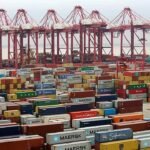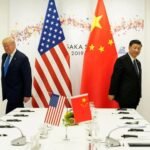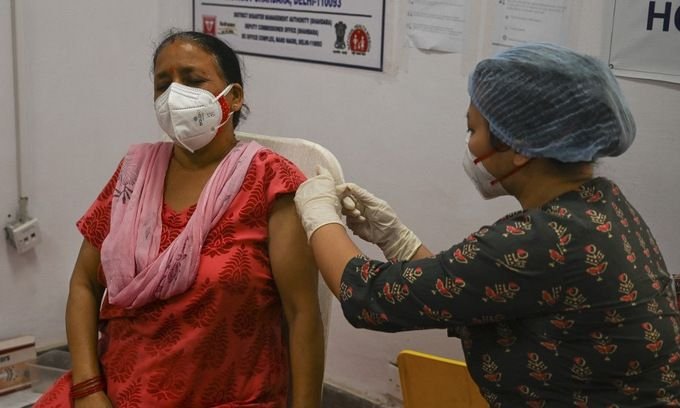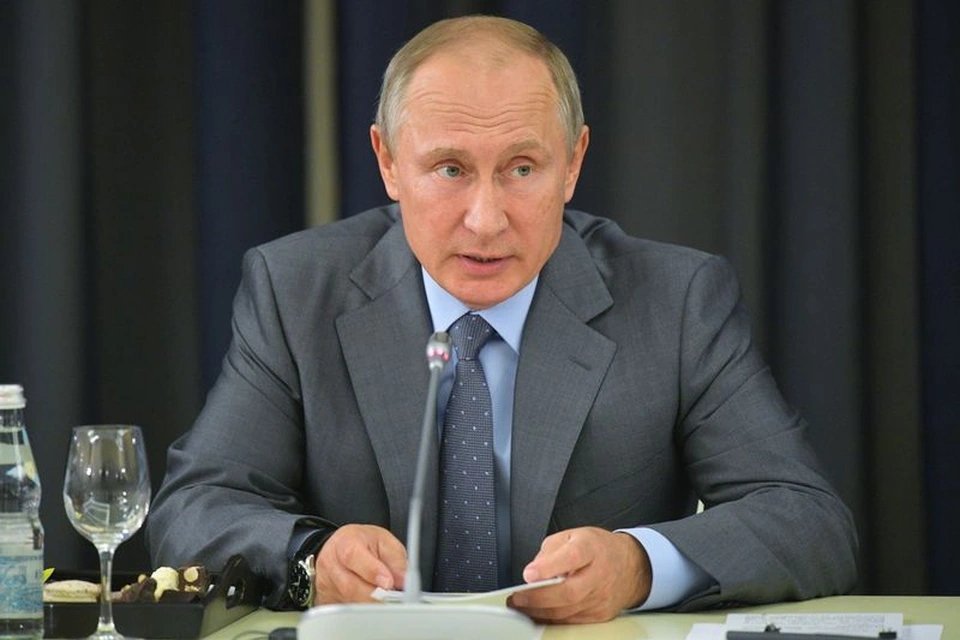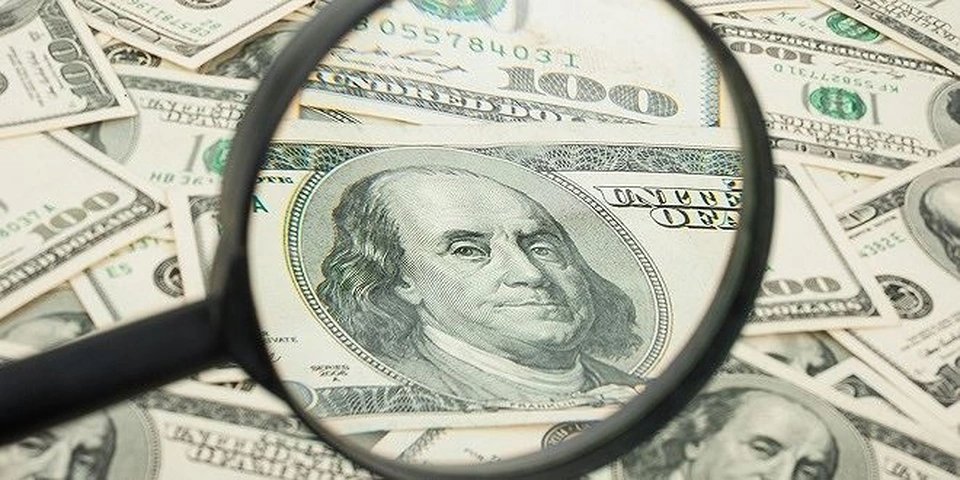On May 29, Professor Teo Yik Ying, dean of the Saw Swee Hock School of Public Health, National University of Singapore (NUS), commented: `What is scary is the speed at which this variant spreads in the community.`
Experts say B.1.617 has mutated to spread from person to person more easily, possibly slightly reducing the protection provided by vaccines or natural infection.
Indian people were vaccinated in the capital New Delhi at the end of April. Photo:AFP.
B.1.617.2 was first detected in India in October 2020, has now spread to more than 50 countries and surpassed once-dominant strains such as B.1.1.7.
Even in the UK, the country leading the world in vaccination rates, the number of nCoV infections has suddenly increased rapidly in the past few weeks, three-quarters of which are variants from India.
`B.1.617.2 seems to be crowding out other variants everywhere it appears,` said Saumitra Das, director of India’s National Institute of Genomics.
Currently, the scientific community is still unclear whether B.1.617 can increase the risk of severe illness or death.
At the epicenter of the Indian epidemic, doctors witnessed so many patients with nCoV infection that they believed the virulence of the virus was becoming stronger.
Giridhara R. Babu, a professor of epidemiology at the Indian Institute of Public Health in Bangalore, said studies in several countries are investigating whether the nCoV variant is more virulent or just more contagious.
Professor Teo believes that the best weapon today is widespread vaccination.
However, with the current scale of the epidemic, new variants may still appear, emphasizing the urgency of vaccination, aiming for global herd immunity.
On May 28, Mr. Hans Kluge, director of WHO European region, said that Covid-19 will not end until at least 70% of the global population is vaccinated.
The European Center for Disease Prevention and Control said about 43% of adults in the European Union had received at least one dose of vaccine as of May 29.
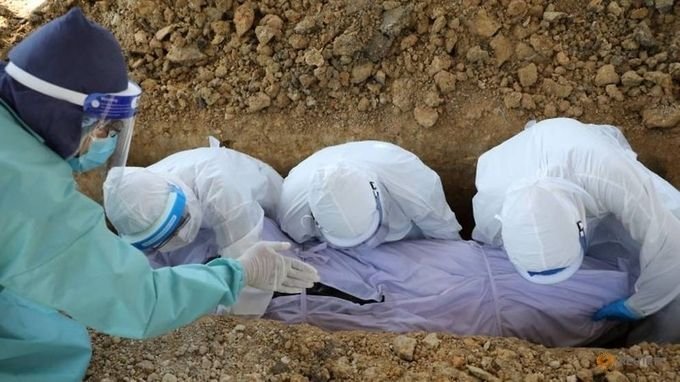
Malaysians buried a body in Kuala Lumpur on May 23.
In other countries, the situation is also not very positive.
Professor Teo commented that inequality in vaccine supply and distribution is continuing.
`Countries like Thailand, Cambodia, Laos and Vietnam are more vulnerable due to low vaccination rates,` according to Mr. Fisher.




